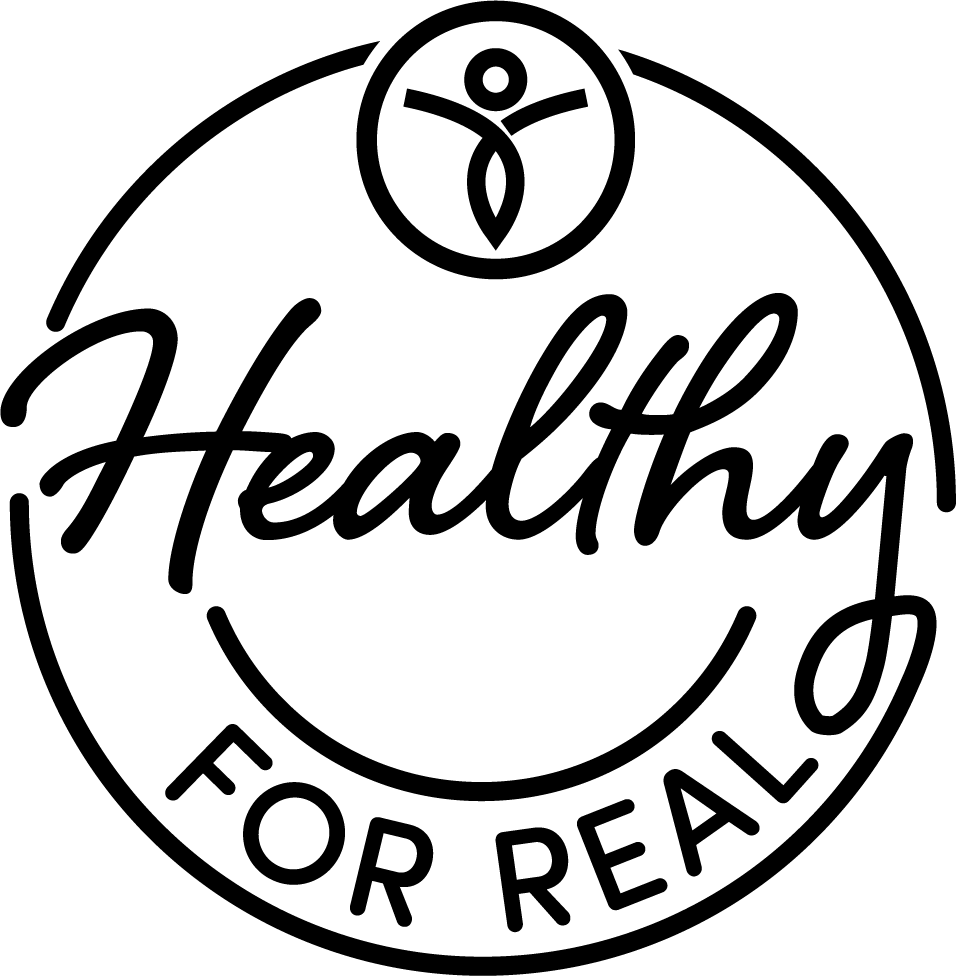Strategy for a Healthier Lifestyle
Adopting a healthier lifestyle is a game of strategy, and the key to winning is incorporating real food into your diet. But what does 'real food' mean? It's a question many people ask and the answer is simpler than you might think. Real food refers to nutrient-dense, clean, and fibrous food that not only keeps you full but also contributes to your overall health.
The Importance of Real Food
There are five reasons why real food should be a staple in your diet:
Real food contains fiber, helping you feel full for longer.
Real food is rich in protein, supporting muscle growth and repair.
Real food is nutrient-dense, providing you with essential nutrients.
Real food is packed with micronutrients, promoting overall health.
Real food is clean, free from artificial additives, making you feel energetic and vibrant.
Portion Control: A Key Factor in Healthy Eating
Alongside eating clean, portion control is equally vital. It's easy to overeat, even when consuming healthy foods. To control portions effectively, buy measuring spoons and cups. Reading labels and measuring your food accordingly is also crucial. Avoid foods that don't have a clear end or portion size. One of the best ways to do this is by pre-packaging snacks into properly portioned containers or baggies.
Healthy Snack Ideas
Snacking can be a pitfall for many, but it doesn't have to be. Here are some healthy snack ideas that are both tasty and filling:
Rice Cakes (be careful of High Fructose Corn Syrup)
Healthy Pre-packed Snacks (usually found in the cheese section of the grocery store)
Crunchy Chickpeas
Beef or Turkey Jerky
Greek Yogurt (low sugar)
String cheese wrapped with deli turkey
Breakfast Sausage wrapped in a corn tortilla with a dash of cheese and salsa
Egg bites (oven bake eggs in a cupcake pan with veggies)
Hard-boiled eggs
Dealing with Sweet Cravings
Dealing with a sweet tooth can be challenging when trying to maintain a healthy diet. However, there are healthier alternatives to satisfy your cravings without going overboard:
Small amounts of maple syrup or Sugar-Free Maple Syrup (uses Erythritol)
Halo ice cream (it’s super low cal and tastes amazing)
Homemade Chocolate Syrup: Mix 1 Tbsp cacao, 1 Tbsp melted butter or coconut oil & 1 Tbsp maple syrup
Hot or cold Caramel Rooibos tea (unsweet)
Monk fruit sweetener
Stevia sweetener
Small amounts of honey
Transforming Unhealthy Meals into Healthy Ones
Transforming unhealthy favorites into nutritious meals is easier than you might think. For example, pizza could be made with a whole-grain crust, fresh vegetables, and low-fat cheese. Mac & cheese can be made healthier by using whole-grain pasta and low-fat cheese. Instead of regular ice cream, try a low-calorie or dairy-free option.
Cooking at Home
Cooking at home can be a daunting task for many, especially if you're short on time. However, with the right tools and techniques, you can prepare healthy meals quickly and efficiently. An Instant Pot can be a savior for cooking chicken, whereas an air fryer can quickly prepare fish and tofu. For vegetables like broccoli and Brussels sprouts, a sheet pan is an excellent option.
The Benefits of Frozen Foods
Frozen foods often get a bad rep, but they can be a convenient option for those with busy schedules. Frozen vegetables, in particular, can be a quick and healthy addition to any meal.
A Guide to Plant-Based Eating
Switching to a plant-based diet can be a significant change, but it's a worthwhile one. The key to success is understanding that protein isn't the only macro that matters. Complex carbs, especially those high in fiber, are your best friends. Foods like rice and beans are not only delicious but also good for your health.
Remember, the name of the game is real food. Make it a habit, and you'll transform your health one meal at a time.

